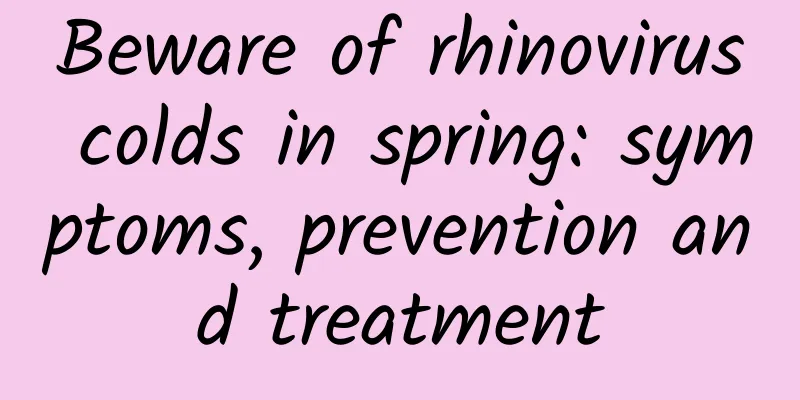Why do I often get hangnails on my fingers? What should I do?

|
In autumn and winter, I tend to have hangnails on the edges of my nails. What's going on? Also, every time I get a hangnail, I can't help but tear it off, and the result is as you can imagine, bleeding, pain, and small wounds. May I ask, how should I deal with hangnails properly? Hangnails around the nails (scientific name: periungual hangnails) are mainly caused by the cuticle being too dry and separating. As we all know, the surface of human skin is the stratum corneum. The stratum corneum of most parts contains hair follicles and sebaceous glands, and the sebum secreted by them is the natural moisturizer of the skin. Don't underestimate this moisturizer. It can reduce the evaporation of moisture in the stratum corneum, lock in local moisture, and make the stratum corneum fit closely with the underlying skin and not easily separated. But the problem is that the skin around the nails is special. It lacks hair follicles and has almost no oil protection. Therefore, the cuticle in this area can easily peel off from the underlying skin due to dryness, thus forming hangnails. In addition, in addition to frequent physical friction, the fingers themselves are also easily exposed to dirt, detergents, etc., which will further damage the already weak and unprotected cuticle around the nails. Coupled with the dry weather in autumn and winter, this will make the already dry nail area even worse. As a result, it is completely normal for the cuticles around the nails to dry out and peel off! From this we can also know that in order to prevent the occurrence of hangnails, we should try to avoid the above-mentioned harmful factors on a daily basis, pay attention to protecting the skin of the hands, and keep them moisturized. Once you have a barb, don't bite or tear it, otherwise it may cause infection or suppuration. In mild cases, it may cause a mild skin infection, or in severe cases, it may cause paronychia, or a subcutaneous abscess or subungual abscess. If subcutaneous abscesses and subungual abscesses are not treated, they may develop into purulent dactylitis and even cause phalangeal osteomyelitis, which may require surgery. The correct way to deal with hangnails is: Soak your hands in warm water for 5 minutes to soften the nails and surrounding skin. Use a sharp and clean nail clipper to neatly cut off the hangnails at the base. Then apply a layer of hand cream and massage around the nails appropriately. |
<<: Rumor: Eating fruit is very harmful to the body and can cause fatty liver
>>: Will pterygium "recur" after surgery? Don't panic!
Recommend
If your head itches, don't scratch it! Be careful of this skin disease, which will not only leave scars but also cause hair loss...
When you are bored, irritable, or have a hard tim...
Can I use alcohol on my nipples?
After giving birth, women will choose breastfeedi...
What causes private bone pain?
Private bone pain may be caused by bone bumps, or...
The benefits of having more body hair for girls
For women with more body hair, it is a very troub...
Girls abdominal pain
If a girl has persistent abdominal pain, it is no...
[Medical Q&A] Is the “cocktail” used in knee replacement surgery alcohol?
Planner: Chinese Medical Association Reviewer: Ha...
How to care after breast hyperplasia surgery?
Diseases such as breast hyperplasia are a type of...
What is the treatment for early stage uterine fibroids?
Clinically, most diseases can be effectively cure...
Does postpartum hip repair work?
Many women will have problems with hip deformity ...
World Allergy Day: Why do allergic diseases target you?
July 8, 2020 is the 16th World Allergy Day. What ...
Is it really good to drink chrysanthemum tea for pelvic inflammatory disease?
Pelvic inflammatory disease is a female gynecolog...
Obstetric nurse checks the anatomy of the cervix
Generally, in the late stages of pregnancy or bef...
Why does my vagina itch?
Vaginal itching has many negative effects on wome...
It took 15 days of intercourse for implantation to be successful
After many couples get married, they want to have...









